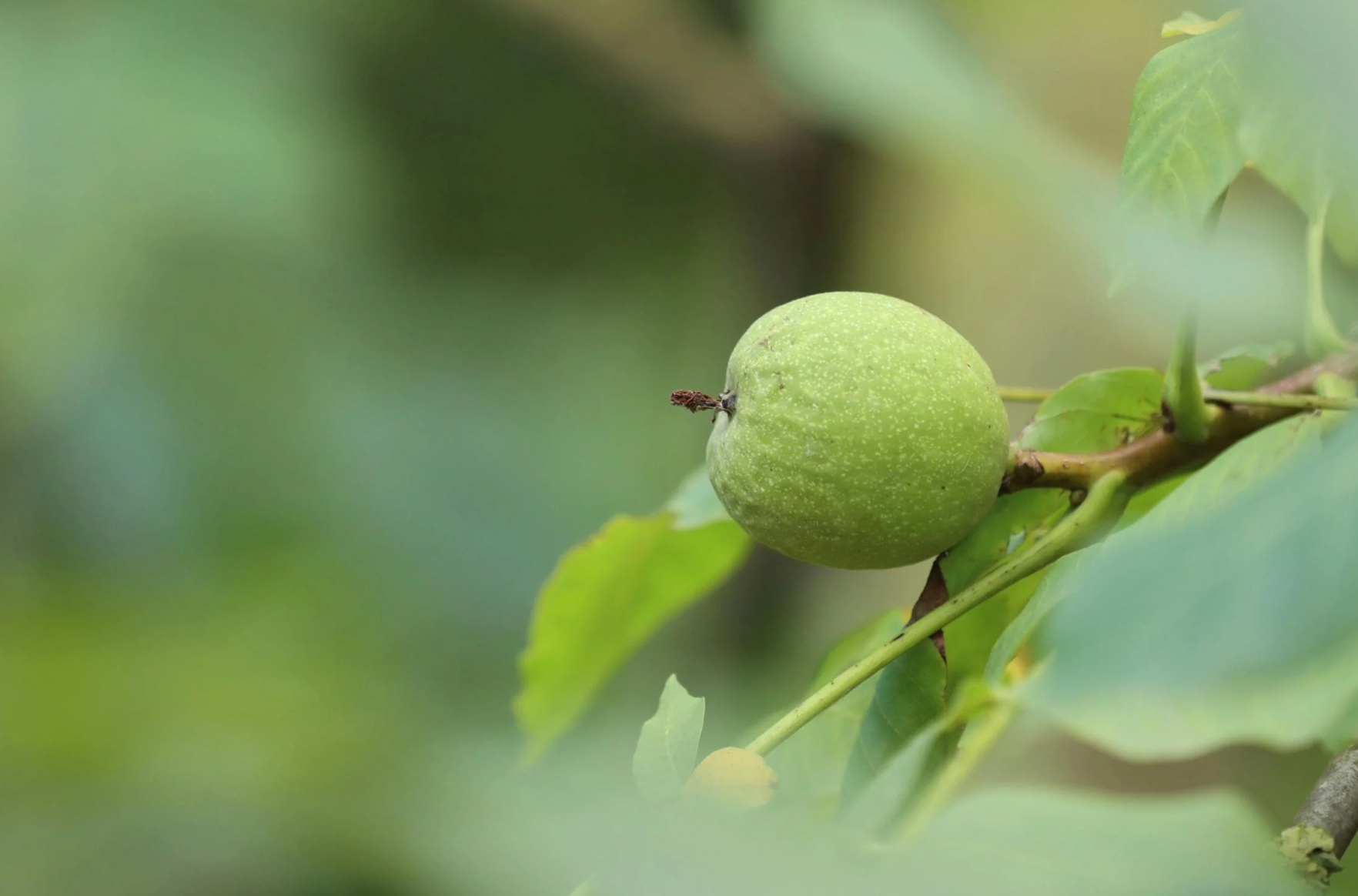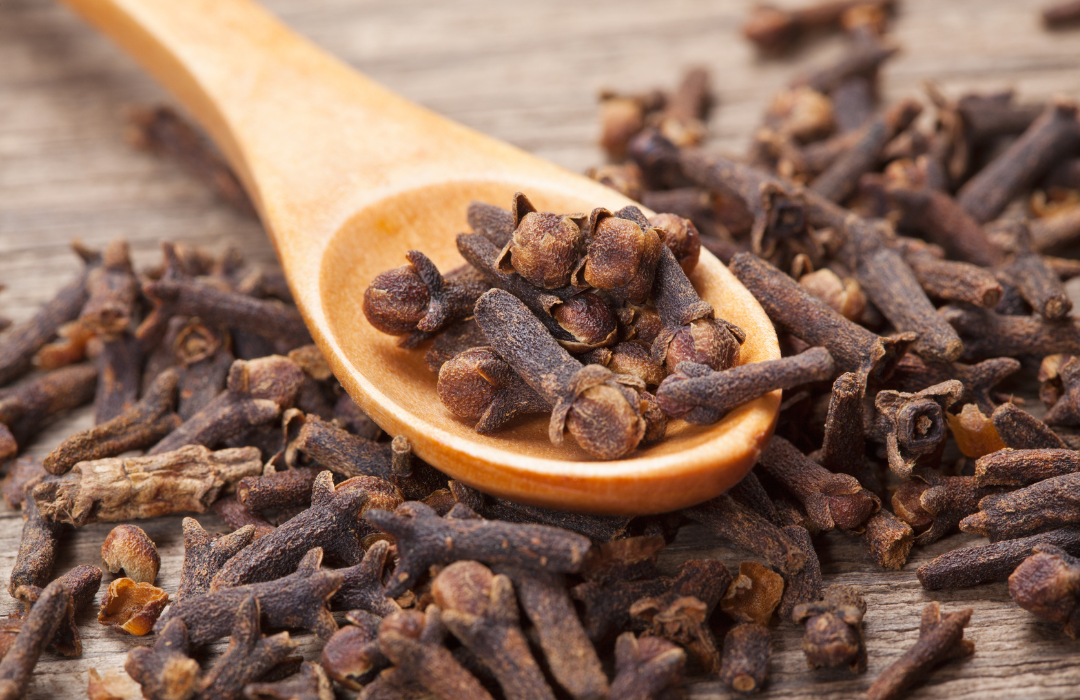Parasitic infections represent a prevalent health concern affecting a significant portion of the global population. While many cases remain undiagnosed, recent research suggests that approximately 3.5 billion individuals harbor at least one type of parasite, underscoring the widespread nature of this issue.
Contrary to common belief, parasites are not confined to specific geographic regions or climates; they exist ubiquitously in nature and have long influenced human health across diverse environments. Despite their microscopic size, parasites adeptly evade detection, relying on their host's unwitting cooperation for survival.
Acknowledging the possibility of hosting a parasite may be unsettling, yet ignorance of this prevalent health threat only exacerbates the problem. Although uncomfortable, it's essential to recognize that parasitic infections are a reality, affecting a vast majority of individuals at some point in their lives.
Fortunately, effective treatments exist to combat parasitic infections, a topic we'll delve into later in this article. But first, let's explore one of the most notorious parasites—tapeworms.
Each year, over 100 million cases of tapeworm infections are reported globally. Typically transmitted through the consumption of raw or undercooked animal products, tapeworms primarily inhabit the intestines but can also affect other organs, including the brain in severe cases.
What Is a Tapeworm?
A tapeworm, a type of parasitic organism, thrives by living off or within a host organism, drawing sustenance from its host's resources. This flat, segmented worm typically inhabits the intestines of both humans and animals. Animals often contract these parasites while grazing in fields or consuming contaminated water sources. Humans, on the other hand, typically acquire tapeworm infections through the ingestion of tissues from infected animals, where eggs or larvae of the parasite may be present.
Tapeworm eggs or larvae are commonly ingested through the consumption of undercooked pork or fish. The resulting infections primarily impact the intestinal wall, although complications may arise when tapeworm larvae or eggs migrate through the bloodstream, attaching to skeletal muscle or other tissues, where they form cysts. Eventually, the eggs contained within these cysts hatch, releasing newly formed worms that perpetuate the cycle by attaching themselves to the host's intestinal wall to obtain nourishment.
What Causes a Tapeworm Infection?
Tapeworm infections in humans typically stem from the consumption of undercooked meat containing tapeworm eggs or larvae. However, contaminated water can also serve as a source of infection. Among the six known types of tapeworms that infect humans, identification often relies on the host animals they originate from. For instance, Taenia saginata, associated with beef consumption, Taenia solium, linked to pork, and Diphyllobothrium latum, sourced from fish.
Tapeworms have a three-stage lifecycle:
- Egg
- An immature stage called a larva, and
- An adult stage at which the worm can produce more eggs.
Because larvae can get into the muscles of their hosts, infection can occur when you eat raw or undercooked meat from an infected animal. It is also possible to contract pork tapeworms from foods prepared by an infected person. Because tapeworm eggs are passed with bowel movements, a person who doesn't wash their hands well after wiping and then prepares food can contaminate the food.
What Are Symptoms of a Tapeworm?
While tapeworm infections often present with minor, easily overlooked signs and symptoms, certain manifestations can be uncomfortable, and in some cases, pose severe, life-threatening risks. This underscores the importance of recognizing these symptoms and understanding preventive measures for oneself and loved ones.
The majority of individuals infected with tapeworms may remain asymptomatic, unaware of their condition, as the tapeworm is eventually eliminated from the intestines and expelled through bowel movements. However, for some, this outcome is not immediate, leading to prolonged infection lasting months or even years, accompanied by distressing tapeworm symptoms.
The most common tapeworm symptoms in humans include:
- Weight loss (even despite eating)
- Trouble sleeping
- Changes in stool and sometimes segments of the worm appearing in a bowel movement.
- Bloating
- Malnutrition and signs of nutrient deficiencies
- Fatigue
- An upset stomach or nausea
- Cramps and abdominal pain
- Muscle weakness and fatigue
- Diarrhea and loose stools
- Digestive Issues
- Changes in appetite, including feeling very hungry despite eating or loss of appetite.
How Do You Get Rid of Tapeworms?
Contracting a tapeworm poses a serious concern. Regardless of whether symptoms are present, having a tapeworm inside you is undesirable and warrants immediate removal.
Prevention is paramount, beginning with ensuring thorough cooking of all meat and fish. Consuming raw or undercooked animal products is the primary cause of tapeworm infections (apologies to sushi enthusiasts). The most effective safeguard against tapeworm infection is ensuring all meat and fish are cooked thoroughly before consumption.
Typically, it's advised to cook animal products to a minimum of 135 degrees Fahrenheit (57 degrees Celsius) to eliminate any parasitic organisms or harmful bacteria. Freezing meat or fish for extended periods (several days at least) also commonly eradicates cysts and eggs. Simply drying or smoking meat and fish isn't adequate to eliminate all eggs.
Now that we've covered prevention, let's delve into addressing a tapeworm infection.
Natural Parasite Detox Cleanse
The best way to get rid of parasites is to do a parasite detox cleanse. A parasitic cleanse can help you overcome intestinal infection symptoms and prevent complications from not just tapeworms, but from many other types of parasites as well.
A good parasite cleanse involves first and foremost taking anti-parasitic herbs that can kill parasites, as well as following a parasite detox diet and certain lifestyle practices that support detoxification.
The primary herbs used in a parasite detox cleanse are:
- Green Black Walnut Hulls (juglans nigra) – Anti-parasite, anti-bacterial, anti-viral, and anti-fungal remedy. The active ingredients are juglone, tannins, and iodine which work to kill the adult stages of the parasites
- Wormwood (artemisia absinthum) –Traditionally known for its vermicidal properties, wormwood helps those with weak and under-active digestion. It works to increase the acidity of the stomach and production of bile. Kills the larval stages of the parasites
- Cloves (syzygium aromaticum) – Anti-parasite, anti-bacterial, anti-viral, anti-fungal and anti-inflammatory properties. Also removes pain. Kills the parasite eggs
Together, these three herbs constitute the traditional "wormwood complex" and serve as the core ingredients in our parasite detox supplement. Our formula boasts a concentrated blend of these herbs, meticulously extracted in organic cane alcohol, resulting in a highly therapeutic and efficacious product. This potent combination of herbs may aid in promoting the body's thorough detoxification of both egg and adult stages of over 100 different internal parasites, encompassing amoebas, giardia, various worms, and liver flukes. Widely acknowledged as the most powerful parasite-killing herbs by many functional medicine practitioners, these three herbs pack a formidable punch.
To rid the body of parasites, individuals can embark on a parasite cleanse regimen, diligently consuming this formula while adhering closely to the recommended dosage. Supplementing this protocol with ample intake of purified water, fortifying the body's detoxification pathways, colon cleansing, and incorporating anti-parasitic foods can further enhance the effectiveness of the cleanse.
The most notable anti-parasitic foods to include in a parasite cleanse diet plan include:
- Ginger
- Cinnamon
- Cayenne Pepper
- Chili spices
- Curry spices
- Cloves
- Thyme
- Oregano
- Neem
- Kale
- Pineapple
- Coconut
- Carrots
- Sunflower seeds
- Fermented foods
- Stoneground mustard
- Coconut Oil
- Apple Cider Vinegar
- Turmeric
- Garlic
- Onion
- Honey
- Pumpkin seeds
- Dates
- Pomegranate
- Papaya seeds
- Dandelion greens
- Lettuce
- Broccoli
When doing a cleanse, aim to include more of these foods in your diet than you usually would eat. This will help to support the effective detoxification and elimination of intestinal parasites, provided that other aspects of the protocol are also adhered to.
To learn more about the full protocol for ridding the body of parasites, read our blog "How to do a Parasite Detox Cleanse". Also give our blog "How to Mitigate Parasite Die Off Effects" a read for a guide on how to use binders to prevent parasite die off effects.
Read more

The black walnut is an excellent source of essential nutrients. Click here to learn more about its natural beneficial properties as food & natural medicine.

Cloves are a culinary spice with a long history of use. In this article, we discuss the health benefits of cloves, including the benefits of cloves as a medicinal herb, among other cloves benefits,...

Leave a comment
This site is protected by hCaptcha and the hCaptcha Privacy Policy and Terms of Service apply.